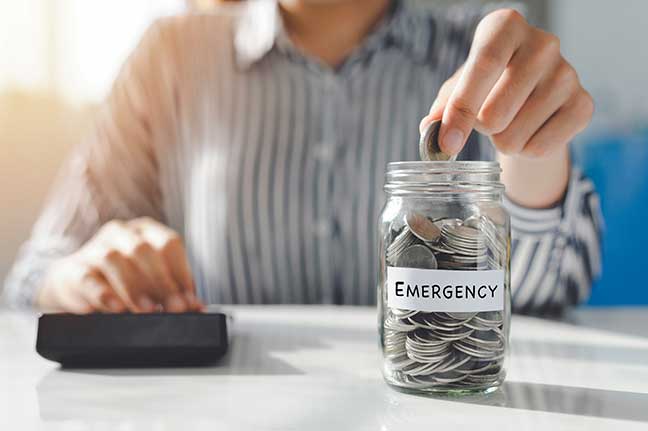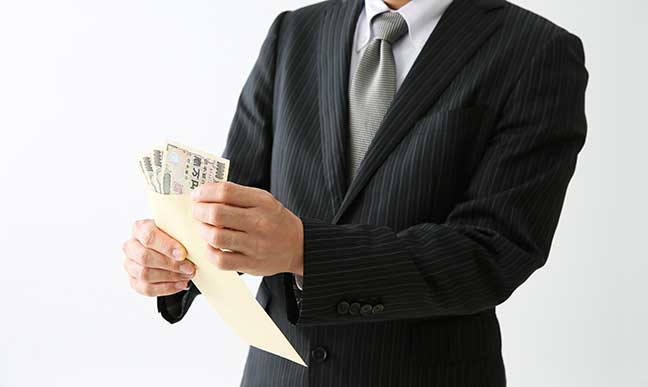Life is full of surprises—and not all of them are the fun kind. Car repairs, medical bills, home repairs, or even a reduction in work hours can hit your finances when you least expect it. These unplanned common unexpected expenses can quickly derail your budget if you’re not prepared.
So how do you start saving for the inevitable unexpected expenses that pop up? Don’t stress—you’ve got options. This article will walk you through smart strategies to begin preparing for surprise costs so they don’t wreak havoc on your hard-earned money.
Why Is It So Important to Save for the Unexpected?
Let’s be real—preparing for uncertain future financial emergencies and expenses when you’re trying to keep up with regular bills isn’t always easy. But having a financial buffer is crucial.
According to a recent Federal Reserve report, 37% of Americans would have trouble covering a $400 emergency cost with cash, savings, or a credit card they could quickly pay off. That means a sudden car repair or medical bill could put them into debt.
By building up a cash reserve, you can prevent a minor setback from turning into months of payments with high interest rates and charges. Saving for surprise expenses provides a sense of control and reduces stress when life throws a financial curveball your way.

How Much Should You Have in Emergency Savings?
Financial experts generally recommend keeping 3-6 months’ worth of living expenses in an emergency fund. That gives you a healthy cushion to handle most unexpected costs without going into debt.
However, if that target seems out of reach for now, don’t fret! Even $500-$1000 in emergency savings is far better than nothing.
A good rule of thumb is to save until you have enough set aside to cover your highest typical surprise expenses, such as your insurance deductibles, average monthly bills, car repairs, or high medical copays.
Ready to start growing your surprise expense fund? Keep reading for smart emergency expense saving strategies.
Where’s the Best Place to Keep My Emergency Fund?
When saving for unexpected emergency expenses, it’s wise to keep that money separate from your everyday spending account. Why? An “out of sight, out of mind” savings account helps deter you from dipping into your emergency fund for unnecessary purchases.
Keep Your Emergency Fund in a High Yield Savings Account
A high yield savings account is simply a type of savings account offered by banks and credit unions that pays a higher interest rate than a typical savings account. This allows your deposited savings to grow faster through compound interest.
The annual percentage yields (APY) on high yield accounts are currently around 4% APY or more. This is much higher than the average 0.5% – 1.00% APY paid by a standard savings account.
High yield savings accounts are FDIC insured and allow easy access to your money, usually within 1-3 business days if transferred to a linked checking account. This ensures you can withdraw funds quickly for unexpected expenses while also earning interest.
Where Can I Find the Best High Yield Savings Account Rates?
Handy online tools make it easy to compare high yield savings accounts from various financial institutions. Websites like Bankrate and NerdWallet allow you to view current highest yield savings rates, minimum balances, and other account features side-by-side.
Checking your options on these sites makes it simple to select the best account for reaching your emergency savings goals faster.

How Do I Find Extra Money to Save for an Unexpected Expense Each Month?
Tapping into bonuses, windfalls, and extra earnings is an excellent way to give your emergency fund a boost without straining your regular budget. Here are a few easy options that can provide savings influxes:
- Save your tax refund or stimulus checks rather than spending them.
- Put away monetary gifts, work bonuses, or any other financial windfalls.
- Have a garage sale to earn cash from clutter and unwanted items around your home.
- Pick up a side gig like rideshare driving, tutoring, or freelance work for supplemental income.
- Ask about paycheck advances or payroll deductions through your job to grow savings.
Finding even small amounts to regularly contribute makes it easier to cover unexpected expenses. Every bit counts!
What’s the Quickest Way to Add to My Emergency Savings?
Adding automated transfers into your emergency fund account is a virtually effortless way to save money and build your savings faster.
Set up recurring transfers from your checking account into your high yield savings account each month. Start small if needed—even $25 or $50 paid at regular intervals packs a savings punch over time.
The key is consistency. By automating transfers to happen like clockwork, you effortlessly grow emergency savings without having to manually move money around. Set it and forget it!
Should I Make Budget Adjustments to Find More Emergency Savings?
Reevaluating your monthly budget to identify potential savings leaks is always a smart money move. Can you trim back in areas like dining out, entertainment, or other discretionary spending? Shaving off just a few non-essential expenses per month quickly adds up when redirected to short and long term savings.
Building room for “unexpected expenses” into your actual budget also ensures you consciously allocate cash to this priority each month. Knowing surprise costs will happen eventually, plan ahead by creating space for them in your spending plan.
Get a full picture of where your money goes by tracking all monthly expenditures. Free budget apps make monitoring easy. Once you identify potential cutbacks, redirect that money—even in small amounts—into emergency savings.
How Does My Cell Phone Bill Impact Saving for Emergencies?
Staying connected through a reliable cell phone and internet access is key when you have a busy schedule, side jobs, personal loans and financial accounts to manage. But monthly cell bills can take a big bite out of your potential savings.
Could you save on this expense? Government programs like Lifeline and the Affordable Connectivity Program allow qualifying low-income households to get discounted or FREE cell service through providers like EASY Wireless.
Cutting out a $50, $60, or even $100-plus cell bill means more cash that can be contributed to your emergency fund where it’s needed most. Check your eligibility and apply to start saving on cell service today.
See if You Qualify to Eliminate Your Monthly Cell Phone Bill Today!

Make Saving for Surprises a Priority
Preparing for the unpredictable may feel futile, but consistently putting aside even small amounts really adds up. By automating transfers, budgeting mindfully, and cutting unnecessary costs, you can build an emergency fund safety net.
Don’t let surprise expenses catch you off guard. Take control of your finances by making smart saving-for-the-unexpected moves that fit your lifestyle and budget. The peace of mind of having a financial cushion to plan for unexpected expenses is well worth the effort.


